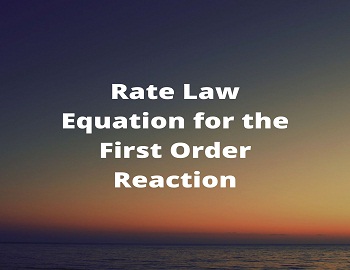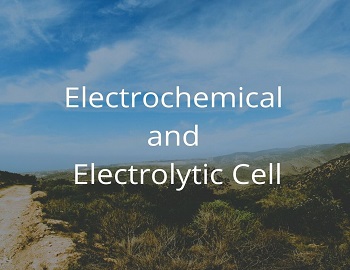Rate Law Equation for the Second Order Reaction:
Let us consider the general second order reaction (in which both reactants are of the same type)-
| A + A ———-> Products According to the law of mass action, Rate (dx/dt) ∝ [A]2 |
Let the initial concentration of ‘A’ be ‘a’ moles per litre. Suppose after ‘t’ seconds ‘x’ moles of ‘A’ disintegrate into the product.
| ∴ Concentration of ‘A’ after time ‘t’ seconds = (a – x) moles/litre dx/dt ∝ (a – x)2 or dx/dt = k2 (a – x)2 ……….(i) [where k2 is the second order rate constant] |
Equation (i) is a differential form of the rate law equation. To get its integrated form, separate variables.
| dx/(a – x)2 = k2 dt Integrating the above equation both sides, we get- ∫dx/(a – x)2 = k2 ∫dt ⇒ [(a – x)-2+1/(-2 + 1)] d(a – x)/dt = k2t + I [where ‘I’ is constant of integration] ⇒ [-1/(a – x)] (-1) = k2t + I ⇒ 1/(a – x) = k2t + I ……….(ii) When t = 0 sec, x = 0, ∴ 1/a = k2 x 0 + I ⇒ I = 1/a ……….(iii) Put the value of ‘I’ from equation (iii) in equation (ii), and we get- 1/(a – x) = k2t + 1/a ⇒ [1/(a – x)] – [1/a] = k2t ⇒ (a – a + x)/a(a – x) = k2t ⇒ x/a(a – x) = k2t ⇒ k2 = (1/t) [x/a(a – x)] ⇒ k2 = x/at(a – x) ……….(iv) This equation (iv) is called the integrated rate law equation for second order reaction when both the reactants are the same. Units of second order rate constant (k2) = (1/sec) X (moles / litre / moles / litre / moles / litre) = litre mol-1 sec-1. |









Comments (No)